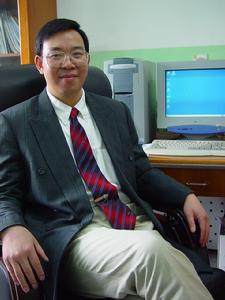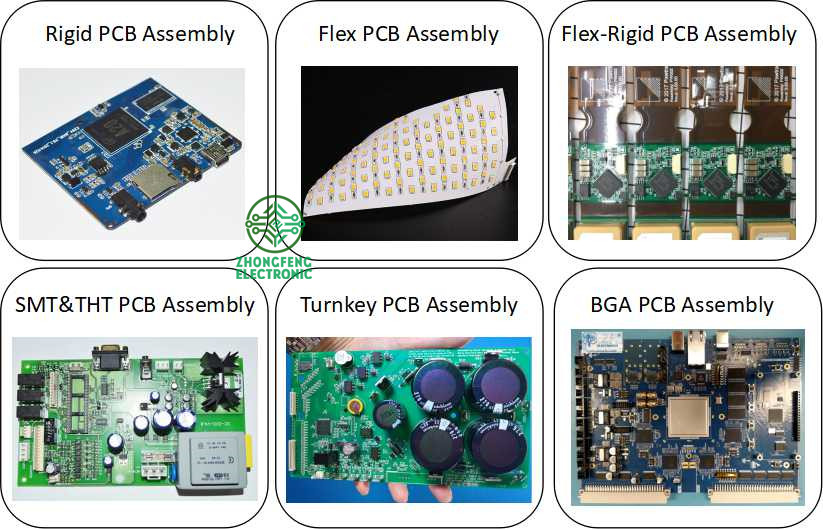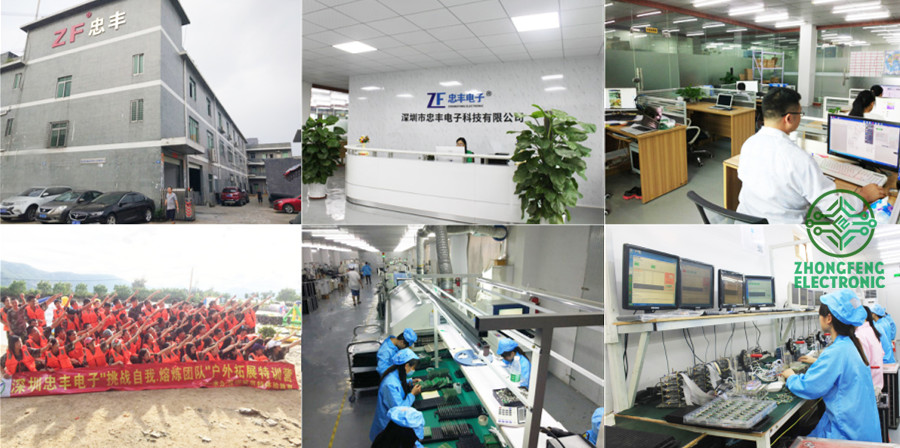Xiao Liye: It takes 30 years for the hybrid grid to wait
 With the rise of new energy and high technology, DC power began to return. Just as Edison set off a hundred years ago in the DC competition, a big discussion was lifted around the world, but the focus of this discussion was on whether DC power and AC power can work together.
With the rise of new energy and high technology, DC power began to return. Just as Edison set off a hundred years ago in the DC competition, a big discussion was lifted around the world, but the focus of this discussion was on whether DC power and AC power can work together. Xiao Liye, director of the Institute of Electrical Engineering of the Chinese Academy of Sciences, he and his team are one of the few experts in the country focusing on DC power. Xiao Liye has always been pessimistic about the prospects of DC power. He believes that as the proportion of renewable energy sources is increasing, transmission grids may experience the coexistence of AC and DC networks. As DC grid technology matures and the demand for DC power supply In the end, the grid may gradually evolve into a DC-dominated model. In this regard, Director Xiao Liye accepted an exclusive interview with the reporter of “Energy†magazine.
Reporter: With the rise of new energy and high technology, DC power is returning to people's perspective. How do you see the return of DC power?
Xiao Liye: Existing AC large power grids have security and stability problems. After a large number of renewable energy sources with intermittent and volatile characteristics are connected to the power grid, the security and stability of the power grid, the improvement of the transmission capacity, and the bidirectional power flow and control will all face greater challenges. If the communication mode is still dominant, the unpredictability and security stability of the power grid will become more prominent.
First, since the main use of renewable energy is power generation, the size of future power grids will grow exponentially more than the current. If it is still dominated by the exchange model, the stability of the power grid will be threatened. Second, due to the intermittent and unstable characteristics of renewable energy sources, and the fundamental difference between the power generation modes (especially solar photovoltaic power generation and wind power generation) and traditional power generation modes, and then the safe and reliable operation of the AC power grid Bringing major challenges. Thirdly, due to the distributed nature of renewable energy sources, distributed generation that is used locally on the load side will also be an important way; that is to say, future electricity users will also be suppliers of electricity, distributed generation. What kind of operation mode is adopted and grid-connected operation of large-scale power grids will also be an important issue for future power grids. Fourth, as renewable energy gradually replaces fossil fuels, current energy consumption systems based on fossil energy will use electricity (for example, electric vehicles will use batteries), which makes the load composition and load characteristics of the future power grid and current The grid is very different.
Reporter: In terms of new energy, what are the advantages of DC power?
Xiao Liye: The development of DC grid technology will fundamentally solve the challenges faced by the grid. DC power grid technology has become an important direction and future development trend of power grid technology development. European and American countries have formulated plans to use DC power grids to solve the problem of access to offshore wind power.
From the transmission grid level, there is no inherent stability problem in the HVDC transmission network, and when the same power is delivered, the cost of the HVDC transmission line is low; in addition, the HVDC transmission also has many advantages such as low network loss and small interference to communications. . Therefore, adopting the mode of the HVDC transmission grid is the most reasonable choice for building a large-scale renewable energy grid.
From the perspective of the distribution network, the demand for DC power from the load in the future distribution network will account for a large proportion, such as electric vehicles and a large number of information equipment (such as computers and microprocessors, communication system equipment, and intelligent terminals). Sensors and sensor networks, etc.) will all require DC power; and the most important load motor in the power grid today, if it uses DC power supply, can not only reduce the cost of the motor drive system, but also improve the overall efficiency of the motor drive system.
In the distributed power grid, solar photovoltaic power generation will be the most common application, and the photovoltaic power generation will be DC. At the same time, the energy storage system in the distributed power grid also needs a DC operation mode. Recently, the DC transmission and distribution technology in the world has been rapidly developed and gratifying progress has been made. Therefore, it is not only reasonable but also technically feasible to construct a DC-based power grid.
Reporter: The person in charge of the Power and Energy Program at the University of Pittsburgh puts forward that in 20 years, 50% of our total electricity load will be for direct current consumption. How do you see the future development of direct current?
Xiao Liye: The future transmission and distribution network and distributed power grid will gradually develop in the direction of the DC-based operation mode. With the development of the application of information technology, semiconductor lighting technology, high-efficiency motor technology and electric vehicle technology, more and more DC power supply will be needed in the future. This will also bring new challenges to the current distribution network, and the development of DC distribution networks will thus become a possible direction.
Reporter: What progress have you and your team made in DC? What is the expected application prospect?
Xiao Liye: At present, the Institute of Electrical Engineering conducts preliminary analysis and research on the possibility and rationality of the future transition from AC mode to DC mode in the power grid. At the same time, the investigation and analysis of the space-time complementarity of renewable energy resources in China's wide-area area was conducted. . On this basis, we propose a preliminary plan for a reasonable grid structure that will be needed for the integration of space-time complementarity of the wide-area resources in the future DC grid. At the same time, we are conducting research on the key technologies of future DC power grids. We have built superconducting DC transmission demonstration projects of 360 meters and 10,000 amps in superconducting HVDC transmission technology. We have initiated the development of distributed DC power grids. Based on the construction of a DC grid demonstration system with multiple complementary energy sources (including multiple energy storage systems), the distributed DC grid is not only a demonstration system, but also provides an experimental platform for simulating the dynamic characteristics of large-scale DC grids.
Reporter: There is a prediction that the first realization of direct current transmission from high-voltage power lines directly to end users is not far away, especially in developing countries that are building new power infrastructure. And inferred that China can achieve this goal in 3-5 years. How do you see this view?
Xiao Liye: From the technical point of view, simply implementing direct current transmission from the high voltage wire directly to the end user is not a difficult task, and there is no practical significance just to do this. The difficulty lies in how to construct a direct-current power grid from transmission, distribution, to electricity, so as to serve the future development of energy.
In the future, I think that the development of power distribution is also in the direction of DC. Because our hardware and equipment are good, the proportion of DC load will be quite large. The lighting is direct current, and the electric car is also charged by DC. Heating, plating and electrolysis require DC power. At the same time, the motor must first turn the AC into DC, and finally it becomes the AC needed by the motor. Therefore, if the power grid itself is a DC power supply, then the motor saves the AC to DC link, so the cost of the motor is also reduced, and the operating efficiency is also higher.
Reporter: What are the resistances that will be encountered on a large-scale implementation of direct current electricity, technically and economically?
Xiao Liye: Technically speaking, on the one hand, it is necessary to focus on breakthroughs in the construction of fast DC switching technologies required for DC power grids and high-voltage high-power power conversion technologies for multi-terminal DC transmission; on the other hand, the theoretical basis of DC grids (such as safety Stability theory, reliable operation rules, mathematical modeling and simulation also need to make a systematic breakthrough. From an economic point of view, the complete replacement of the AC system requires replacement of all AC-operated equipment that is connected to the grid, and therefore requires a huge economic cost. Therefore, the transition from DC to AC will be a long-term process.
Reporter: Now that high-voltage direct current in China is a point-to-point connection, the interconnection between HVDC transmission lines has not yet been realized. When do you think it can be achieved? What are the difficulties?
Xiao Liye: To realize the interconnection between HVDC transmission lines, it is necessary to solve a series of scientific and technical problems. According to the 436th Xiangshan Science Conference led by Academician Xiaoyuan Zhou, the discussion was that with the development of technology, perhaps in 2030-2050, China will have a hybrid grid model in which AC and DC networks are integrated.
I think that the construction mode of China's future DC grid is to build a unified, multi-level DC ring grid. Above this ring grid, different power sources and loads can be connected to the above, and organic integration and control can be performed through the ring grid. Ring networks in different regions can be organically connected through transmission lines. The national backbone network can be linked with foreign countries again, laying a good foundation for building a multinational power grid.
Reporter: In the future, what kind of pattern will be faced in the development of DC and AC?
Xiao Liye: The first is the partial development of the DC grid to integrate regional renewable energy to access the existing AC grid. With the increasing proportion of renewable energy, transmission grids may experience the coexistence of AC and DC networks. As DC grid technology matures and the demand for DC power supply increases, the grid may eventually evolve into a DC-dominated model.
Mass PCB Assembly = Mass Rigid Printed Circuit Board Assembly, which means quantity is big and need do big production assembly. For production PCB assembly job, the SMT assembly would all by machine and would do IPQC for checking the first sample quality to ensure the SMT line is reliable. Zhongfeng would manufacture the rigid PCB boards follow the design file, source the components follow the BOM file and do the PCB assembly job follow the assembly drawing and the pick&place file. After PCB assembly done, the components would be mounted on the PCB boards tightly and connected each other through the copper circuits. We call such board as PCBA board or mass PCBA board.
Depends on the components assembly types, it have THT PCB assembly, SMT PCB Assembly , one sided SMT and THT PCB assembly, two sided SMT and THT PCB assembly.
Depends on the PCB type, it have Rigid PCB Assembly, Flex PCB Assembly and Flex-Rigid PCB Assembly.
Also we would call some PCB assembly types as Prototype PCB Assembly, Mass PCB Assembly , Turnkey PCB Assembly, LED PCB Assembly and BGA PCB Assembly , etc.
With our 15years professional experience, we are available for all types of PCB assembly service from prototype to mass production, available for 01005, 0201, 0.3mm BGA, 0.3mm QFP.
PCB Assembly Capabilities
|
Quantity |
1 pcs - 1,000,000 pcs |
|
Assembly type |
SMT, THT or Hybrid |
|
Parts procurement |
Full turnkey (ZhongFeng provide all components) |
|
Partial turnkey ( Customer provide the main components and ZhongFeng provide the rest) |
|
|
Kitted (Customer provide all components) |
|
|
Component types |
SMT 01005, 0201, BGA 0.3mm pitch, QFP 0.3mm pitch, etc. |
|
Test |
Visual Inspection, AOI, Custom testing, ICT, FCT, Test jig |
PCB Assembly Products Show

PCB SMT Assembly Factory Show


Mass PCB Assembly
Mass PCB Assembly,PCB Mass Production,Mass Quantity PCB Assembly,Mass PCB Board Assembly
ZhongFeng Electronic Technology Co., Limited , https://www.dopcba.com